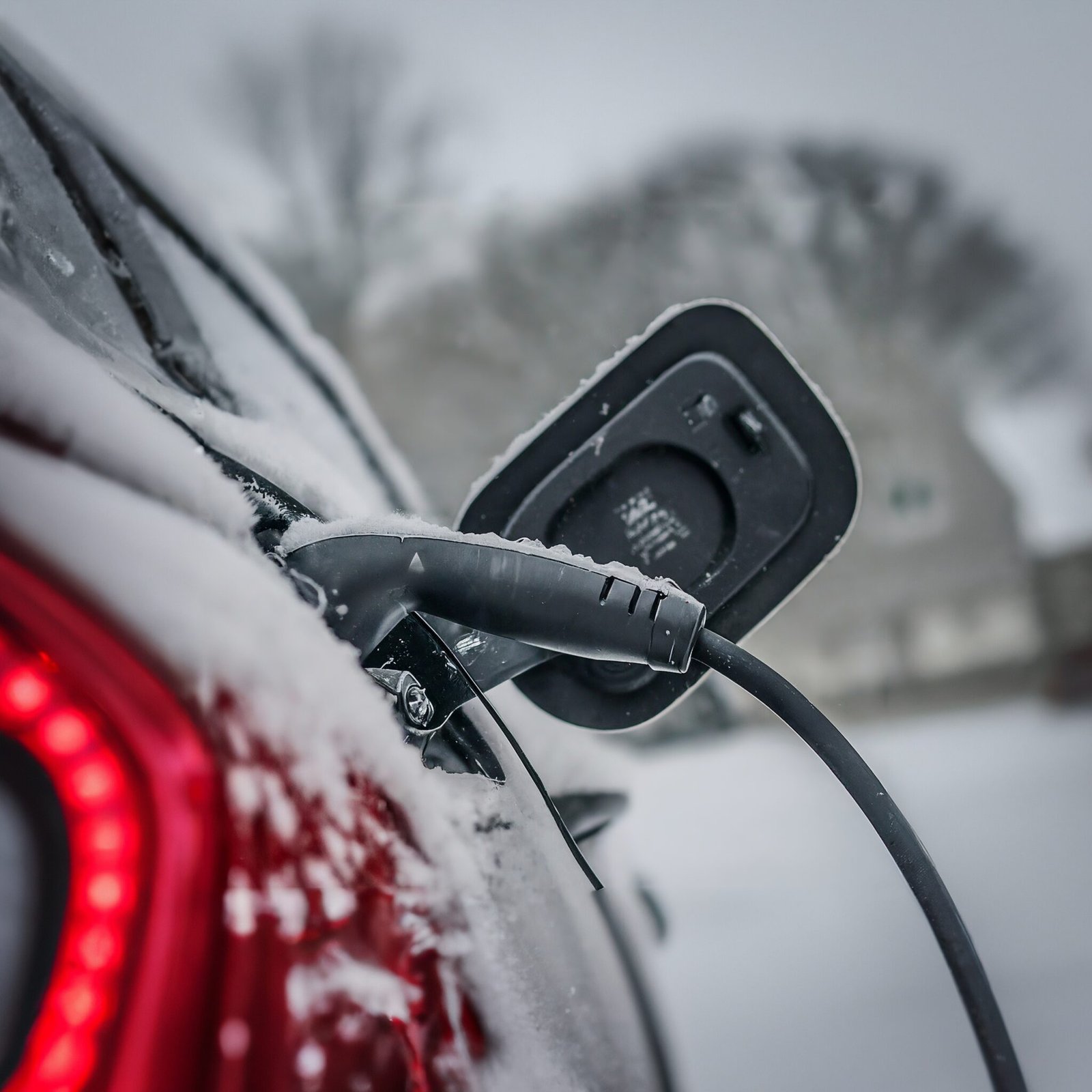
The Impact of Cold Weather on EV Charging and Cost Dynamics in Key Markets
The electric vehicle (EV) landscape is undergoing rapid transformation, fueled by technological advancements, environmental considerations, and shifting consumer preferences. As more consumers embrace EVs, various factors, including weather conditions and regional energy markets, play pivotal roles in shaping charging costs and patterns. This article delves into the influence of cold weather on EV charging and examines charging costs during peak and off-peak times in four key markets—California, New York, Florida, and Texas. Additionally, we explore the potential implications of increased EV adoption on off-peak times and energy demand.
Cold Weather and EV Charging: A Closer Look
Cold weather conditions significantly impact energy consumption patterns, particularly for heating homes and facilities. As temperatures drop, the demand for electricity surges, leading to potential strain on energy grids. In regions experiencing colder climates, the increased energy needs for heating can indirectly affect EV charging costs, especially if charging occurs during peak demand periods.
Charging Costs Across Key Markets
California:
In California, the cost to charge an EV varies based on several factors, including utility providers and rate plans. At 8 am on a Monday morning, when demand is typically high, peak electricity rates could range from approximately $0.20 to $0.30 per kilowatt-hour (kWh). However, off-peak rates might offer more competitive pricing, emphasizing the importance of time-of-use (TOU) rate plans for cost-conscious EV owners.
New York:
Similarly, New York’s EV charging costs during peak hours could range from $0.15 to $0.25 per kWh or higher, depending on the utility provider and rate structure. Off-peak hours, often during late evenings and early mornings, may provide more favorable rates, aligning with utility-driven efforts to incentivize off-peak charging and manage grid demand effectively.
Florida:
In Florida, the cost dynamics for EV charging reflect the state’s energy landscape and utility policies. Peak electricity rates might range from approximately $0.10 to $0.20 per kWh, with off-peak hours offering potential savings for EV owners. As in other markets, specific rates and timeframes can vary based on location, utility providers, and rate plans, highlighting the importance of individualized research and planning.
Texas:
In Texas, EV charging costs during peak hours could range from $0.08 to $0.20 per kWh or more, depending on the specific utility provider and rate plan. Off-peak hours, typically late-night and early morning periods, may present opportunities for EV owners to capitalize on lower rates and optimize their charging schedules.
Evolving Off-Peak Times and Energy Demand
As the adoption of EVs accelerates, the traditional off-peak and peak hours within energy markets may undergo transformation. The influx of EVs could potentially shift demand patterns, leading to increased electricity consumption during previously off-peak periods. This shift could necessitate adjustments in utility rate structures, infrastructure investments, and demand management strategies to accommodate growing EV charging needs effectively.
Moreover, as more consumers embrace EVs, utilities may face challenges in balancing grid demand, ensuring reliability, and maintaining affordable electricity rates for all consumers. Collaborative efforts among stakeholders, innovative solutions, and adaptive policies will be crucial in navigating these complexities and fostering a sustainable, efficient, and resilient energy ecosystem.
Conclusion
The intersection of cold weather, EV charging dynamics, and regional energy markets presents multifaceted challenges and opportunities for stakeholders across the EV value chain. Understanding the impact of weather conditions on energy consumption, analyzing charging costs in key markets, and anticipating evolving demand patterns are essential steps in shaping a sustainable and equitable energy future.
As consumers, policymakers, and industry leaders collaborate to address these challenges, innovative solutions, technology advancements, and adaptive strategies will pave the way for a more integrated, efficient, and resilient energy ecosystem. By fostering collaboration, embracing innovation, and prioritizing sustainability, we can navigate the complexities of the evolving EV landscape and shape a brighter, more sustainable future for all.
